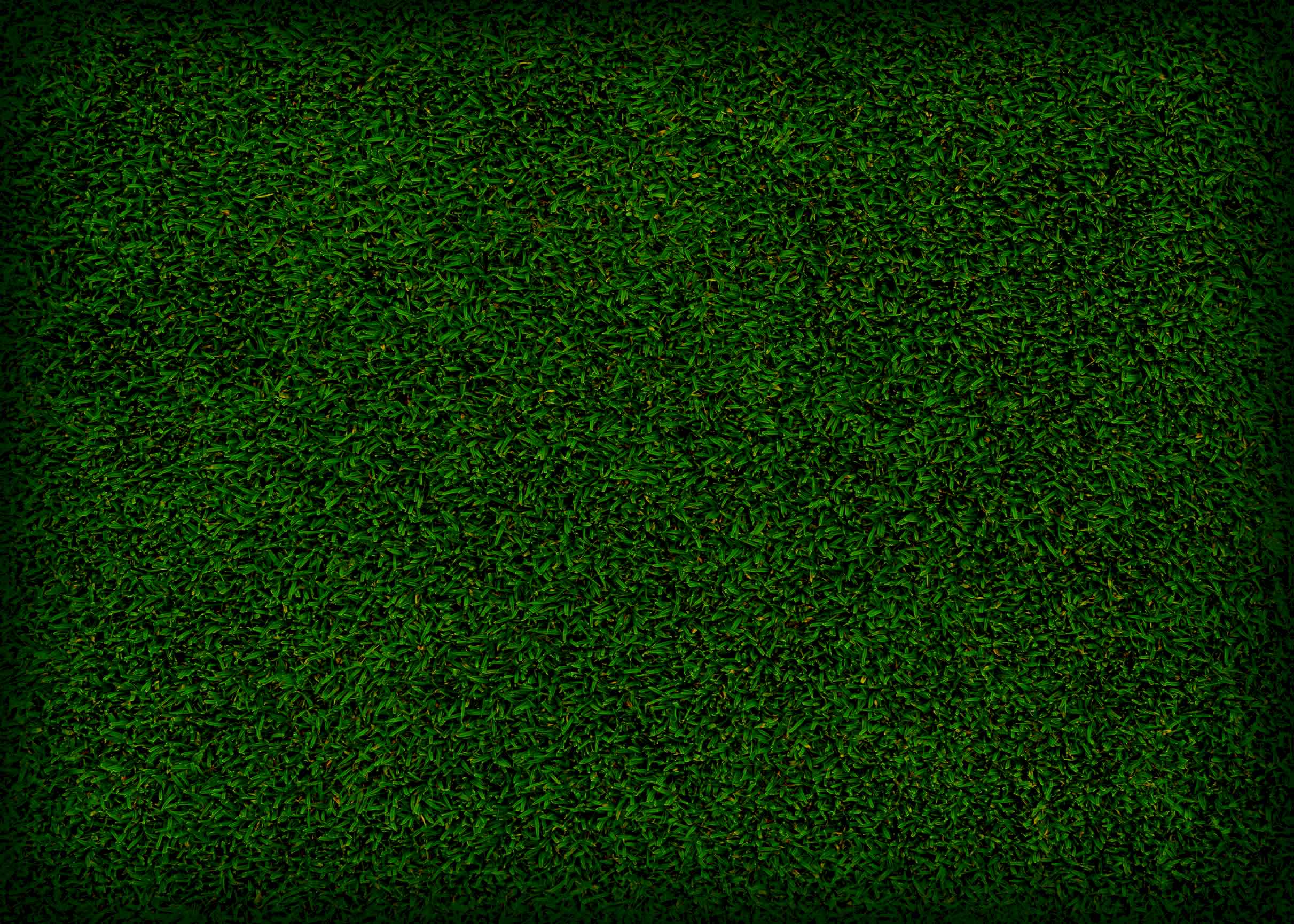Even if you’re not in pain, golf specific chiropractic treatment can improve your posture, increase flexibility, allow for full range of motion and therefore decrease the risk of injury.
There is a reason Tiger Woods, Phil Mickelson, Jack Nicklaus and Arnold Palmer to name but a few, have all relied on chiropractic care throughout their careers and it is not just for relief from their aches and pains. It is the same reason chiropractors have been part of the official PGA Sports Medicine Team for decades.
Jordan Spieth, Pro Golfer
Research studies now published can confirm what most of today’s pro golfers have known for many years – regular golf specific chiropractic treatment can improve your golf swing, leading to optimum performance.
The majority of professional players understand the importance of keeping their bodies physically fit to stay competitive for as long as possible. This involves a golf specific assessment to find their specific limitations and then focus on working to help eliminate these problems. The vast majority of players who engage in a regular golf specific chiropractic care have less injuries, perform at a higher level of competition and compete for a longer period of time.
“It is as important to my training as the practice of my swing.”
-Tiger Woods, Pro Golfer
Our nervous system is the control centre for our entire body functions and movement. Keeping it in optimum performance thorough chiropractic care should be high on every golfer’s priority list.
The game of golf has changed, athleticism and strength is more important than ever. Top players now employ a team to ensure peak performance and ultimate physical endurance.
If you’re not assessing, you’re just guessing
A golf specific examination is used to spot any imbalances in your body. Weaker muscles, due to poor conditioning, often have to do extra work. As a result, these imbalances will heighten, leading to poorly conditioned muscle, which will easily fatigue and become painful.
Golf specific chiropractic care, together with a bespoke exercise and conditioning rehabilitation programme, will be used to address any imbalances from the examination findings.
Pain location is rarely the direct cause of the issue. For example, if the tracking is off balance on your car, the likely result is that one of the tyres will begin to wear faster than the others. We take our car to the garage to have this imbalance corrected. We would not be happy if the garage just replaced that one tyre without addressing the tracking issue. Your body works in exactly the same way. If the tracking is off in your spine, then your knees and hips represent the car tyres. Any imbalances or asymmetries will affect your movement, which will eventually cause other areas of your body to compensate.
There is a difference between ‘fitness’ and being ‘fit to play golf’.
Think of your body like a house. If you built a house with poor foundations, you can have the best of interiors but eventually that house will develop structural issues due to these poor foundations. Too often people forget about their body’s core foundations and focus too much on trying to improve their skill and performance. Optimum performance is achieved by examining and treating mobility, coordination and balance first and foremost. Only when these fundamental foundations are stable should strength, endurance, power and skill acquisition become the focus of training.
- Training on an area that is in poor condition can not only be time and energy wasting, but contribute to repetitive micro trauma.
- Too much time concentrating on isolated strength and endurance work is also another common mistake seen.
- Conditioning the body to improve movement and stability before strength and power should be the focus of any training.

